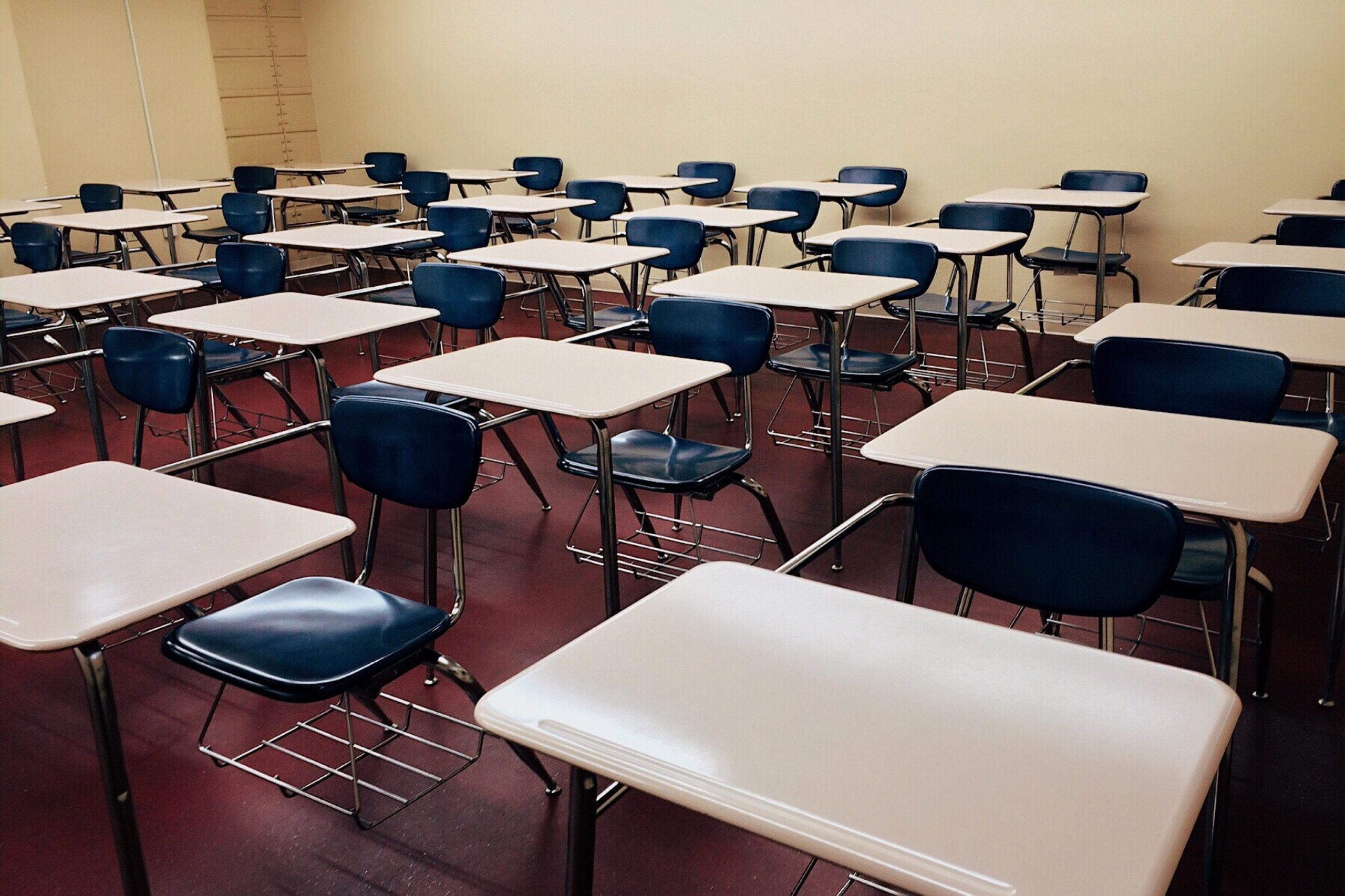The theme for the third International Day of Education is “Recover and Revitalize Education for the COVID-19 Generation”. In 2015, UN member states adopted the 2030 Agenda for Sustainable Development that defined 17 Sustainable Development Goals (SDGs). SDG 4 states “Ensure inclusive and equitable quality education and promote lifelong learning opportunities for all”. In 2018, the UN general assembly adopted January 24 as the International Day of Education, celebrating the role of education for peace and development. However, education witnessed a major setback all over the world during 2020. According to an estimate by UNESCO, as many as 84% of enrolled students worldwide, were affected by closures of educational institutions, during the first wave of COVID-19. According to another report, students lost almost four months of schooling in lower income countries in 2020. It is, therefore, the need of the hour to find ways of rebuilding our educational structures in an equitable manner, even as an economic recession takes toll on poor families and augments the social, digital and gender divides globally.
Until a couple of centuries ago, education was neither structured nor compulsory anywhere in the world. Models and techniques were developed progressively to protect children from being excluded from opportunities in adulthood and to provide adults with more opportunities for integration in society. Over the years, mass education in the form of regular schooling and structured courses became a norm. It is now considered a fundamental right of humans that they be educated. So we should now determine the role that physical schools and mass education are supposed to play in society; whether they are simply a means of teaching structured courses or do they fulfil broader needs of children and teenagers, and to which everyone should have access without any discrimination. For example, children meet their social needs in school and develop social skills, which are imperative for their survival in the community later on in life. Many countries in the world also offer meals to children in schools; therefore, poor families have an incentive to educate their child irrespective of the gender whereas the state is assured that no young child is malnourished. Additionally, trained professionals in schools are well placed to identify a child’s development problems and accompany parents in addressing them. Young adults find it easier to build professional networks via their social circles from their higher education and vocational classes, while they also learn to cope with the stress of adult life in the controlled environment of their educational institution.
Unfortunately, schooling and education, as a whole, are viewed quite differently in different parts of the world. Many societies view the role of regular schooling as only limited to academic performance and financial success in adulthood. There are also practical difficulties in providing education to everyone. There are still many children who do not have access to quality education. The situation becomes worse in case of girls as a large portion of world population still finds access to education both difficult and costly, and hence prefers only to send boys to geographically distant schools. Then there is also the issue of adult learning since many cultures do not consider lifelong learning to be of importance. This becomes more worrisome in the current context of global economic recessions, mass unemployment, and the introduction of new technologies.

We now need to reimagine what education means to a child and whether our traditional techniques of imparting education are still relevant in the post COVID era. Developmental needs as well as learning requirements of school curriculum have not been adequately met during the pandemic where many children who previously did have access to educational facilities were deprived of the many benefits regular schooling in physical classrooms provided; while others out of school who were meeting, say, their socialisation needs in communities were also isolated during the confinements. We need to come up with innovative solutions for an all-inclusive access to basic education, including meeting a variety of children’s needs, because the world has probably changed forever since the beginning of the pandemic.
We also need to consider how higher education and lifelong learning, i.e. adult learning and education, upskilling and re-skilling should adapt to the evolving needs of our societies in the post-COVID era. Countries, such as China, India and Pakistan, where a large part of the world population is concentrated, also have poorer populations where a major proportion of their demographic is children and young adults. Soon, the “COVID-19 generation”, deprived of quality basic education, will grow up into the adults shaping our future. Adult education systems will have to be revamped, so that people can become responsible and productive citizens, contribute positively to local economies and live fully enriched lives. Those who have become unemployed recently would also need to learn new skills to re-integrate into the workforce. Some objectives of adult learning include creation of a learning society, fostering resilience in adults and promoting peaceful coexistence and human rights. Information and Communication Technologies (ICT) are considered to have a huge potential for facilitating access to learning resources and enabling better inclusion and integration of marginalised and disabled populations.
This brings us to the young industry of EdTech, and all the possibilities it has to offer. This industry has seen a manifold increase in innovation and investment during the pandemic. In the two years from 2018 to 2020, venture capital funding has doubled whereas the increase during the last ten years from 2010 to 2020 has been 32 times. Even within Europe, where a lot of work had already been done in terms of smart classrooms and online learning, it is expected that the market would triple in size by 2027. Holon IQ released a list of EdTech Unicorns earlier this year, that is, 19 companies that have a valuation of over 1 billion USD. Among these companies, the majority are either Chinese or American while only two of them are Indian and one Canadian. The top three unicorns (two from China and one from India) are all providing tutoring services. This is a good reflection of the population demographics and cultural mind set of these countries, where the prevailing social attitude places high importance on academic achievements, and where education is viewed as a commodity that can be bought. Hence, it is a common form of business instead of a free right made available to all by the State. It is quite natural that, with such a high number of school days lost and with a significant proportion of the population being young, tutoring services would have a high market demand in these countries post COVID. On the other hand, most unicorn companies from the United States focus on upskilling / MOOCs, online curriculum for child development and language learning. This reflects that the society gives more importance to lifelong learning and continuing professional development.

Let us not forget, though, that the digital and economic divides are ever present and increasing in all these countries as well as in many other parts of the world, such as in Africa. EdTech is still a young, albeit fast-developing, industry with a lot of room for new ideas. Its progress depends on the financial and infrastructural capability of the country, local cultures and attitudes. While it is a challenge for many countries to convince parents to send their children to school in distant geographic locations, some EdTech entrepreneurs may see an opportunity to approach the education systems differently. For example a company in Nigeria has introduced SD cards to enable off-line learning of school curriculum and hence, removing the need of being connected to the internet for remote learning. In the coming months and years, though, it would become necessary to foster an environment of adult learning all over the world because the young COVID-19 generation is losing out on school days, not just in the form of course content but also in terms of learning valuable social and critical thinking skills. The culture of continuing professional development would also be essential to the existing workforce that has suffered major setbacks due to the economic recession and will suffer even further due to the Fourth Industrial Revolution that would eventually overhaul technologies and make certain skills obsolete.
Many start-up companies, such as Ed-watch, have mushroomed globally in the past few years given that there are endless possibilities for imparting education innovatively, ranging from Learning Management Systems to using Artificial Intelligence. It is now up to the governments, financiers, and societies to pay heed and adapt to changing circumstances in the post COVID era, and work with local start-ups that can provide services tailored to the specific region and cultural audience instead of relying on giant “unicorns” to solve the education problems of the whole world.
The author, Aamina Khan, who is also the editor of Ed-watch, is an international polyglot citizen who likes to explore the world differently. A Chartered Accountant by profession, she likes to read and write in various languages as an amateur.







